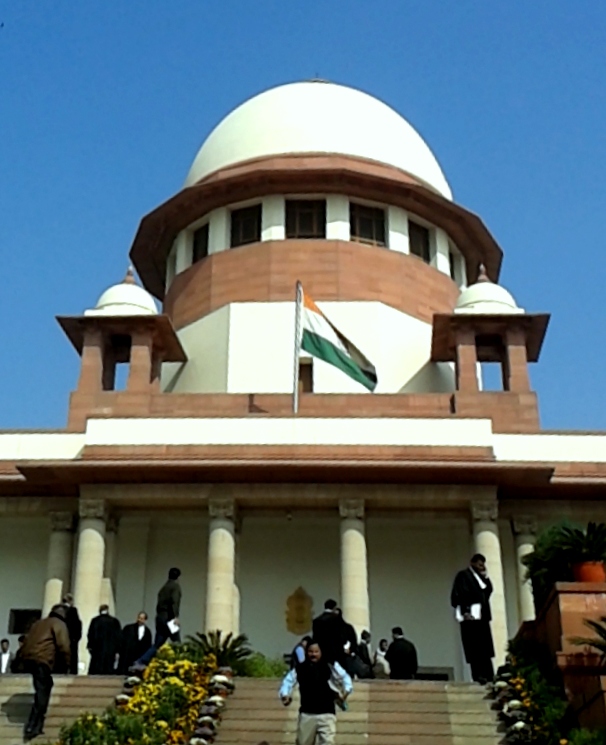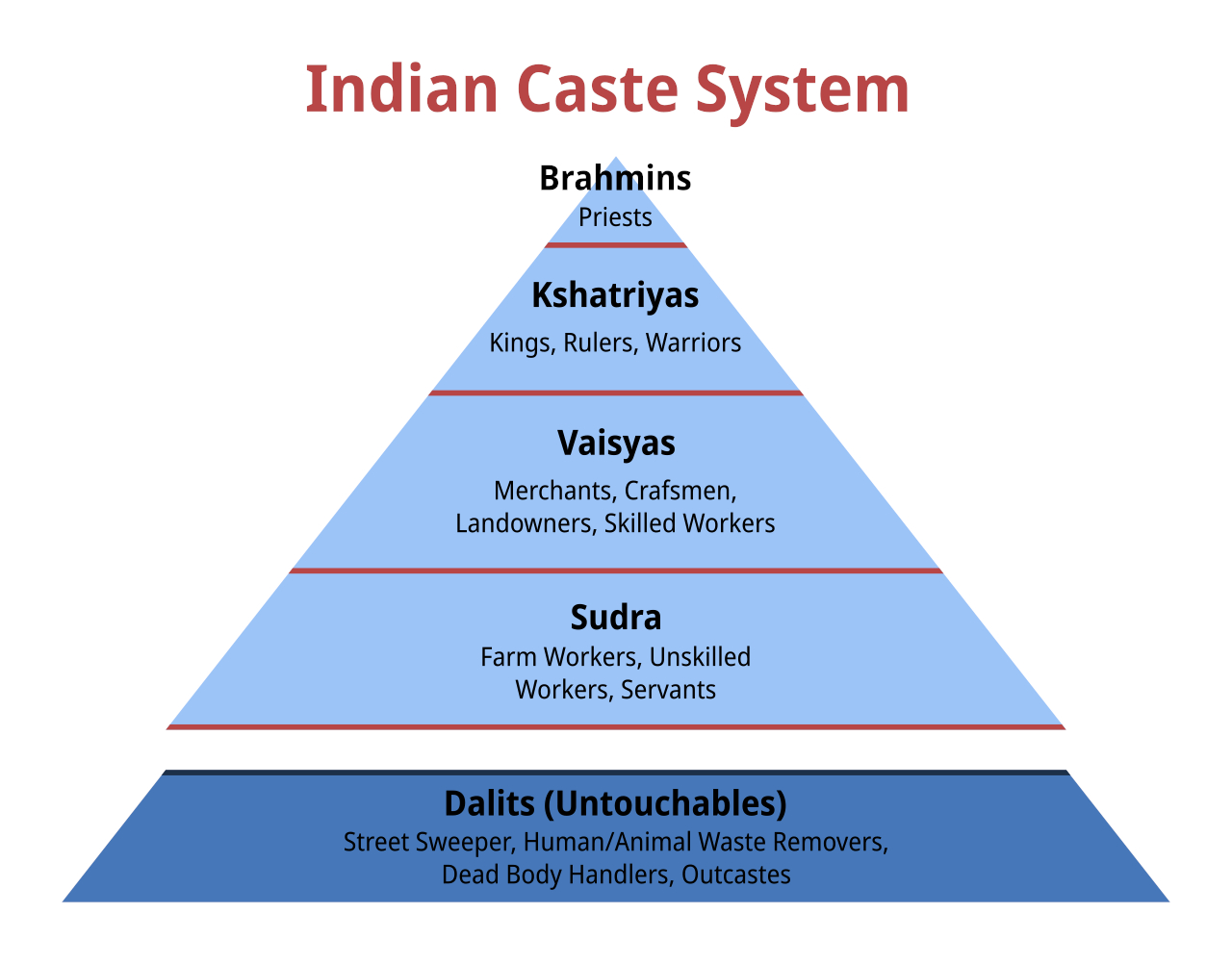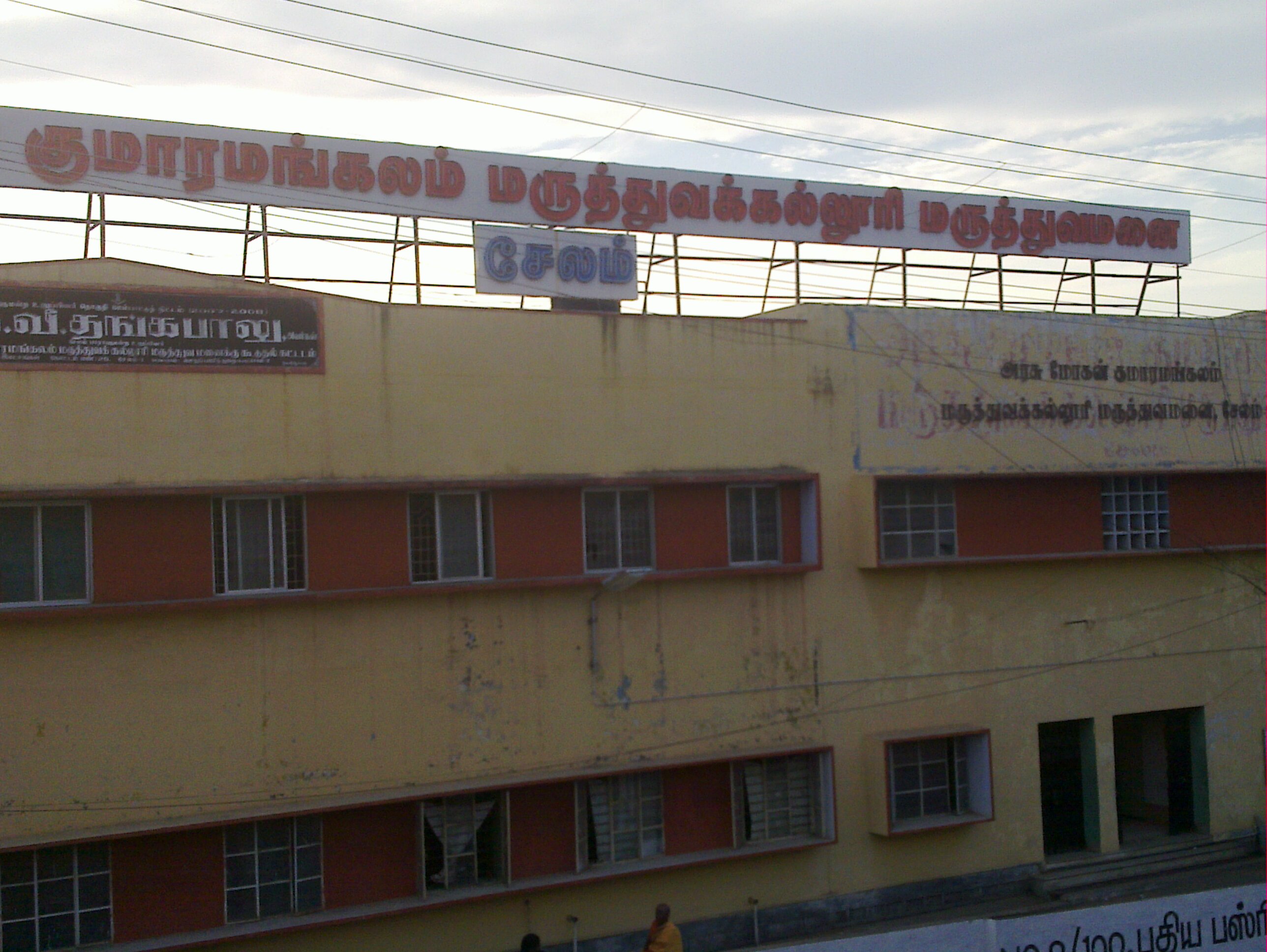|
S. R. Sankaran
S. R. Sankaran (1934–2010) was an Indian civil servant, social worker and the Chief Secretary of the State of Tripura, known for his contributions for the enforcement of Abolition of Bonded Labour Act of 1976 which abolished bonded labor in India. One among the seven civil servants held hostage by the People's War Group in 1987, he was the chief negotiator of the state government in the negotiations of 2004 to end naxalite violence in Andhra Pradesh. He was a mentor to the ''Safai Karmachari Andolan'', a social initiative propagated by Bezwada Wilson to eradicate manual scavenging in India. The Government of India awarded him the third highest civilian honour of the Padma Bhushan, in 2005, for his contributions to society, but he declined the honor. His social welfare activities earned him the moniker, People's IAS officer. Biography Sankaran was born on 22 October 1934 in Thanjavur, in the south Indian state of Tamil Nadu in a Tamil Brahmin family. He graduated in Commerc ... [...More Info...] [...Related Items...] OR: [Wikipedia] [Google] [Baidu] |
Thanjavur
Thanjavur (), also known as Thanjai, previously known as Tanjore, Pletcher 2010, p. 195 is a city in the Indian state of Tamil Nadu. It is the 12th biggest city in Tamil Nadu. Thanjavur is an important center of southern Indian religion, art, and architecture. Most of the Great Living Chola Temples, which are UNESCO World Heritage Monuments, are located in and around Thanjavur. The foremost among these, the Brihadisvara Temple, built by the Chola emperor Rajaraja I, is located in the centre of the city. This temple has one of the largest bull statues (called Nandi) in India carved out of a single granite rock. Thanjavur is also home to Tanjore painting, a painting style unique to the region. Thanjavur is the headquarters of the Thanjavur District. The city is an important agricultural centre located in the Kaveri Delta and is known as the ''Rice bowl of Tamil Nadu''. Thanjavur is administered by a municipal corporation covering an area of and had a population of 222,943 ... [...More Info...] [...Related Items...] OR: [Wikipedia] [Google] [Baidu] |
Kurnool District
Kurnool district is one of the eight districts in the Rayalaseema region of the Indian state of Andhra Pradesh after the districts are reorganised in April 2022. It is located in the north western part of the state and is bounded by Nandyal district in the east, Anantapur district in the south, Raichur district of Karnataka in the northwest, Bellary district of Karnataka in the west, and Jogulamba Gadwal district of Telangana in the north. It has a population of 2,271,686 based on the 2011 census. The city of Kurnool is the headquarters of the district. Konda Reddy Fort, Mantralayam and Orvakal Rock Garden, Kurnool are tourist places of interest in the district. Etymology The name Kurnool was originally called "Kandenavolu". In the 11th century CE, the Oddera community engaged in construction activity used this place as a halting place for greasing their cartwheels with oil, before crossing the Tungabhadra river. The carts carried loads of stones for temple constructio ... [...More Info...] [...Related Items...] OR: [Wikipedia] [Google] [Baidu] |
Supreme Court Of India
The Supreme Court of India is the supreme judiciary of India, judicial authority and the supreme court, highest court of the Republic of India. It is the final Appellate court, court of appeal for all civil and criminal cases in India. It also has the power of Judicial review in India, judicial review. The Supreme Court, which consists of the Chief Justice of India and a maximum of fellow 33 judges, has extensive powers in the form of original jurisdiction, original, appellate jurisdiction, appellate and Advisory opinion, advisory jurisdictions. As the apex constitutional court, it takes up appeals primarily against verdicts of the List of High Courts of India, High Courts of various states and tribunals. As an advisory court, it hears matters which are referred by the President of India#Judicial powers, president of India. Under judicial review, the court invalidates both ordinary laws as well as Amendment of the Constitution of India, constitutional amendments as per the basi ... [...More Info...] [...Related Items...] OR: [Wikipedia] [Google] [Baidu] |
Naxalite–Maoist Insurgency
The Naxalite–Maoist insurgency is an ongoing conflict between the Indian government and Left-wing terrorism, left-wing extremist groups. The Naxalites are a group of communist groups, who follow Maoist political sentiment and ideology, and claim to fight a rural rebellion and people's war against the government. The insurgency started after the Naxalbari uprising, 1967 Naxalbari uprising and the subsequent split of the Communist Party of India (Marxist) leading to the creation of a Communist Party of India (Marxist–Leninist), Marxist–Leninist faction. The faction later splintered into various smaller groups. The armed wing of the Maoists is called the People's Liberation Guerrilla Army (India), People's Liberation Guerrilla Army, mostly equipped with small arms. They have conducted multiple attacks on the security forces and government workers, which have resulted in the deaths of more than 4000 civilians and 2500 security force personnel since the 2000s. The influence ... [...More Info...] [...Related Items...] OR: [Wikipedia] [Google] [Baidu] |
East Godavari District
East Godavari is a district in the Coastal Andhra region of Andhra Pradesh, India. Its district headquarters is at Rajamahendravaram. Geography This district is surrounded by: * North East: Alluri Sitharama Raju district * North West: Eluru district * South: Dr. B. R. Ambedkar Konaseema district * South East: Kakinada district * South West: West Godavari district. History Early kingdoms The district, like the rest of the Deccan, was under the Nandas and Mauryas in its early history. After the fall of the Mauryan Empire, the district was under the Satavahanas until the 3rd century under the famous poet king Haala. Coins found during excavations have revealed the rule of Gautamiputra Satakarni, Vaasisthi-puttra Pulumaavi and Yajna Sri Satakarni. Gupta emperor Samudragupta invaded during the rule of both Pishtapura and Avamukta in the district in 350 AD Samudragupta's invasion was followed by the rule of the Mathara dynasty from 375 to 500. The earliest ... [...More Info...] [...Related Items...] OR: [Wikipedia] [Google] [Baidu] |
Dalit
Dalit ( from meaning "broken/scattered") is a term used for untouchables and outcasts, who represented the lowest stratum of the castes in the Indian subcontinent. They are also called Harijans. Dalits were excluded from the fourfold varna of the caste hierarchy and were seen as forming a fifth varna, also known by the name of ''Panchama''. Several scholars have drawn parallels between Dalits and the '' Burakumin'' of Japan, the '' Baekjeong'' of Korea and the peasant class of the medieval European feudal system. Dalits predominantly follow Hinduism with significant populations following Buddhism, Sikhism, Christianity, and Islam. The constitution of India includes Dalits as one of the Scheduled Castes; this gives Dalits the right to protection, positive discrimination (known as reservation in India), and official development resources. Terminology The term ''Dalit'' is for those called the "untouchables" and others that were outside of the traditional Hindu caste ... [...More Info...] [...Related Items...] OR: [Wikipedia] [Google] [Baidu] |
Karamchedu Massacre
Karamchedu massacre refers to an incident that occurred in Karamchedu, Bapatla district of Andhra Pradesh on 17 July 1985, where brutality by Kamma landlords against Madigas (Dalits) resulted in the killing of six Madigas and grievous injuries to many others. Three Madiga women were raped. Hundreds of Madigas in the village were displaced from their home and killed after their houses were burnt and looted. Kammas, who held economic power and political influence, were the dominant caste in the village, while the Dalit villagers, who mostly worked as agricultural labourers under the Kamma landlords for meagre wages, were oppressed socially and economically. The provocation for the violence came from a trivial incident in which a Madiga boy objected to a Kamma boy soiling the water tank where Dalits drew their drinking water. Scholars have reported that the massacre happened because the Kammas wanted to "teach a lesson" to the Madigas since Kammas felt that their caste-supremacy ... [...More Info...] [...Related Items...] OR: [Wikipedia] [Google] [Baidu] |
Ministry Of Rural Development (India)
The Ministry of Rural Development, a branch of the Government of India, is entrusted with the task of accelerating the socio-economic development of rural India. Its focus is on special rural grants for health and education, piped filtered drinking water programs, public and affordable housing programs, public work programs and grants for rural roads and infrastructure. It also provides special grants to rural local bodies. The current minister is Shivraj Singh Chouhan who has been in office since 10 June 2024, while the ministers of state are Chandra Sekhar Pemmasani and Kamlesh Paswan. History On 31 March 1952, the Community Projects Administration was established under the Planning Commission to manage programs for community development. The community development program, which began on 2 October 1952 marked a significant step in rural development history. Over time, this program went through several changes and was overseen by different government bodies. In October 1974 ... [...More Info...] [...Related Items...] OR: [Wikipedia] [Google] [Baidu] |
Nripen Chakraborty
Nripen Chakraborty (4 April 1905 – 25 December 2004) was an Indian Communist politician who served as the Chief minister of Tripura state from 1978 to 1988. Nripen Chakraborty was involved in the Communist movement in India for six decades. Life He was born at Bikrampur in Dhaka District of Bengal province of British India (present-day Bangladesh). He was the ninth child of Rajkumar and Uttamsunadari Chakraborty. He passed the entrance examination from Outsahi High School in 1925. He left his studies in Dhaka University to join the Indian freedom movement. In 1931, he took part in the civil disobedience movement. He joined the Communist Party of India in 1934. He was elected secretary of the Bengal unit of the party in 1937. In 1950, he was sent to Tripura by the party, and became an important organizer there. After the split in the CPI in 1964, he joined Communist Party of India (Marxist). He became the secretary of the state unit of CPI(M) in 1967. He was elected to the C ... [...More Info...] [...Related Items...] OR: [Wikipedia] [Google] [Baidu] |
Telangana Social Welfare Residential Schools
Telangana Social Welfare Residential Educational Institutions Society (TGSWREIS) is an educational institution, which organizes about 1,000 Social Welfare Residential Schools in Telangana state by the Government of Telangana, India. History Telangana Social Welfare Residential Education Institution Society (TGSWREIS) residential schools and colleges which are started by THE SRI. N. T. RAMA RAO former Chief Minister of united Andhrapradesh Government in 1984 to provide quality education to poor Scheduled Caste, Scheduled Tribe, and Other Backward Caste students by establishing residential schools. At present there are 267 institutions with residential schools, junior and degree colleges with good infrastructure and focus on the all round development of students so that they can face the world with confidence. At present under the state bifurcation policy Andhra Pradesh Social welfare residential Educational Institutions Society has been divided into two separate institutions eac ... [...More Info...] [...Related Items...] OR: [Wikipedia] [Google] [Baidu] |
Coal Mining In India
Coal in India has been mined since 1774, and India is the second largest producer and consumer of coal after China, mining in FY 2024-25. Around 15% of coal is imported. Due to demand, supply mismatch and poor quality with high ash content, India imports coking coal to meet the shortage of domestic supply. State-owned Coal India had a monopoly on coal mining between its nationalisation in 1973 and 2018. Most of the coal is burned to generate electricity and most electricity is generated by coal, but coal-fired power plants have been criticised for breaking environmental laws. The health and environmental impact of the coal industry is serious, and phasing out coal would have short-term health and environmental benefits greatly exceeding the costs. Electricity from new solar farms in India is cheaper than that generated by the country's existing coal plants. History The Indira Gandhi administration of India nationalized coal mining in phases – coking coal mines in 197 ... [...More Info...] [...Related Items...] OR: [Wikipedia] [Google] [Baidu] |
Mohan Kumaramangalam
Surendra Mohan Kumaramangalam (; 1 November 1916 — 31 May 1973) was an Indian politician and communist theorist who was a member of the Communist Party of India, and later, the Indian National Congress. He also served as Advocate-General for Madras State from 1966 to 1967. Kumaramangalam was killed in the crash of Indian Airlines Flight 440 on May 31, 1973, at the age of 56. Early life and education Mohan Kumaramangalam was born in London to P. Subbarayan, then ''zamindar'' of Kumaramangalam in Thiruchengode Taluk, Namakkal district and later, Chief Minister of Madras Presidency and his wife, Radhabai Subbarayan on 1 November 1916. He was their third and youngest son, Paramasiva Prabhakar Kumaramangalam and Gopal Kumaramangalam being elder to him. Kumaramangalam was educated at Eton and King's College, Cambridge, serving as President of the Cambridge Union Society in 1938. During his period at Cambridge he was deeply influenced by Communism. Kumaramangalam was called ... [...More Info...] [...Related Items...] OR: [Wikipedia] [Google] [Baidu] |






